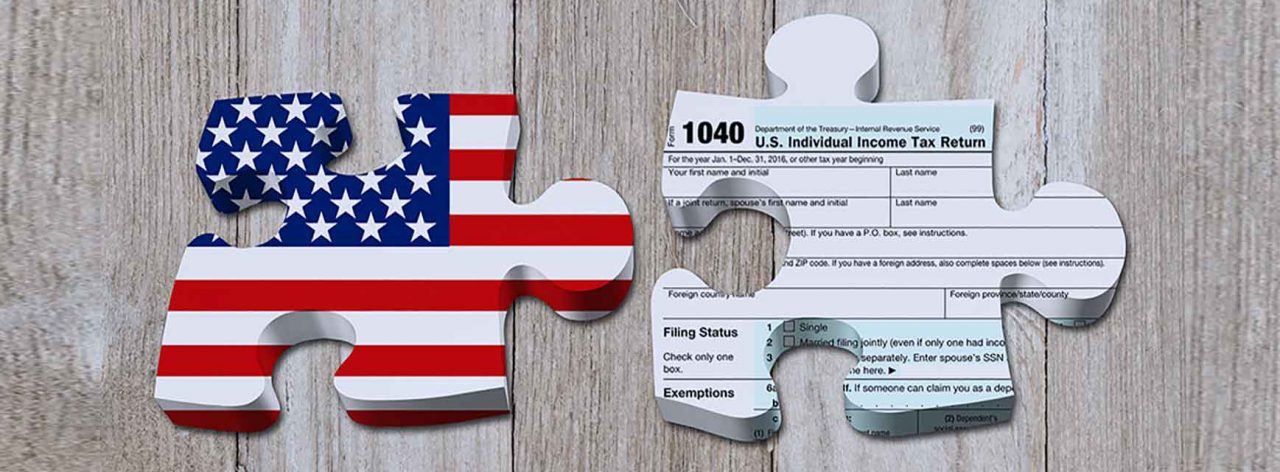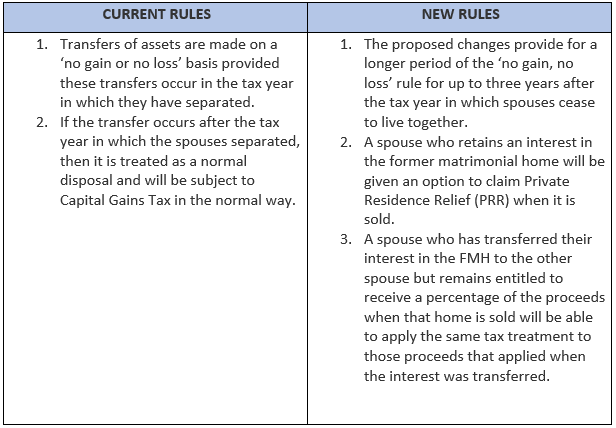Cryptocurrency brokers, including exchanges and payment processors, would have to report new information on users’ sales and exchanges of digital assets to the Internal Revenue Service (IRS) under a proposed U.S. Treasury Department rule published recently. The rule is part of a broader push by Congress and regulatory authorities to crack down on crypto users who may be failing to pay their taxes.
A proposed new tax reporting form called Form 1099-DA is meant to help taxpayers determine if they owe taxes and would help crypto users avoid having to make complicated calculations to determine their gains, the Treasury Department said.
Under the proposal, the definition of a “broker” would include both centralised and decentralised digital asset trading platforms, crypto payment processors and certain online wallets where users store digital assets. The rule would cover cryptocurrencies, like bitcoin and ether, as well as non-fungible tokens. Brokers would need to send the forms to both the IRS and digital asset holders to assist with their tax preparation.
The Treasury proposed that the rules would be effective for brokers in 2025 for the 2026 tax filing season.
The IRS currently requires crypto users to report on their tax returns many digital asset activities, including trading cryptocurrencies, regardless of whether the transactions resulted in a gain. Users are required to make that calculation themselves, and the platforms on which digital assets trade do not give the IRS that information.





